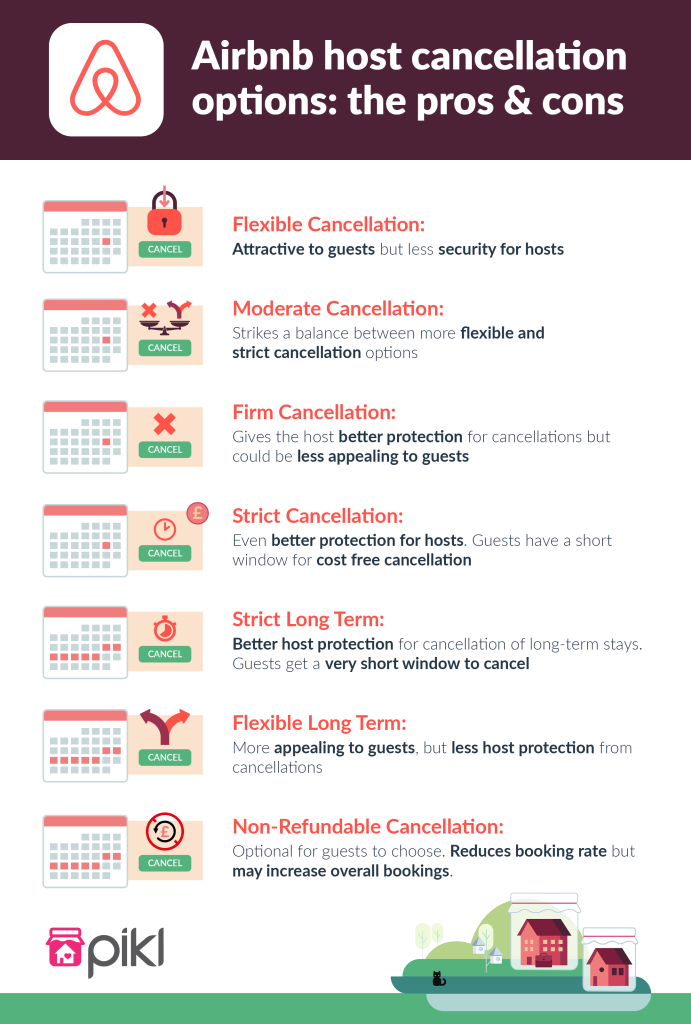A strike is a form of collective action taken by a group of workers to protest against their employers or working conditions. Strikes can be a powerful tool for workers to assert their rights and advocate for better treatment, but they also have potential drawbacks and consequences. In this essay, we will explore both the pros and cons of strikes to provide a balanced perspective on this complex issue.
One of the main pros of strikes is that they can be an effective way for workers to advocate for their rights and improve their working conditions. When workers go on strike, they are making a statement that they are willing to take drastic action to make their voices heard. This can be especially powerful when workers are facing mistreatment or exploitation from their employers. Strikes can also be a way for workers to negotiate for higher pay, better benefits, or improved working conditions.
Another pro of strikes is that they can bring attention to important issues and spark wider social and political change. When workers go on strike, they often draw media attention and public support, which can help to bring attention to the issues they are protesting. This can be especially effective when strikes are part of a larger movement or campaign for social or political change. For example, the strikes that took place during the civil rights movement in the United States were an important part of the broader fight for racial equality.
However, there are also several potential drawbacks to strikes. One of the main cons is that they can disrupt the normal functioning of businesses and organizations. When workers go on strike, it can lead to delays, backlogs, and other operational problems, which can have a negative impact on the organization's bottom line. This can be especially problematic for businesses that rely on a steady flow of goods or services, as strikes can disrupt their supply chain and lead to lost revenue.
Another con of strikes is that they can lead to tension and conflict between workers and their employers. When workers go on strike, they are essentially engaging in a form of economic warfare, which can lead to animosity and mistrust on both sides. This can be especially damaging when the strike is prolonged, as it can lead to long-term resentment and hostility between the two parties.
Finally, strikes can also have negative consequences for the workers themselves. When workers go on strike, they are not earning a salary, which can lead to financial hardship and stress. This can be especially problematic for workers who are already living paycheck to paycheck, as they may struggle to make ends meet during the strike. In addition, strikes can also lead to job loss, as employers may decide to replace striking workers with non-union workers or contractors.
In conclusion, strikes can be a powerful tool for workers to advocate for their rights and improve their working conditions, but they also have potential drawbacks and consequences. It is important for workers to weigh the pros and cons carefully before deciding to go on strike, and to consider the potential impact on their colleagues, their employer, and themselves.








:max_bytes(150000):strip_icc()/Pullman-Strike-locomotive-3000-3x2gty-56a4898b3df78cf77282de4d.jpg)